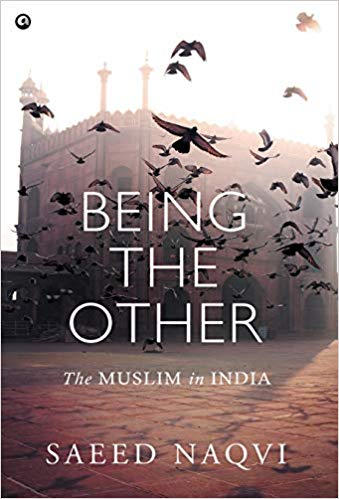This is an important work, not so much from the strength of its postulate, which in itself is questionable, but because it presents the thoughts of an Indian of eminence both among the fraternity of journalists, which holds him in esteem and in the Muslim community, the largest of India’s religious minorities. These are therefore troubling thoughts, particularly to an Indian like myself, who has been exposed to many of the same events as have been commented on by Naqvi, and my reaction to them has mostly been the direct opposite of his. It is important then that as an Indian one ask oneself, why an Indian of the eminence of Naqvi should have been induced to look upon himself as one of ‘the other’.
The book begins with a recounting of the history of India’s Muslims distinguishing between Shia and Sunni. But the purpose of this background is unclear. And although the story mentions the participation of Shias in the Sultanate and imperial enterprise of the Mughal the fact that in the mansabdari in the heyday of the Empire from Babur to Aurangzeb, Iranis formed a pivotal group of the three principal groups: the Hindustani, the Irani and the Turrani (Central Asian and mainly Sunni) finds no mention. Among the best remembered of the Padshah Begums are Noor Jehan and Mumtaz Mahal, whose descendants through the decline of empire gained control of Awadh, the empire’s richest Subah. Naqvi mentions the first contact between India and Muslims having been through traders in Kerala (p. 30) but succumbs to the fallacy of describing the junior Arab commander Mohammed bin Qasim’s probing intrusion into Sind (711 CE) as the Muslim ‘arrival’ in India equivalent to the Arab invasion of Spain with the Arabs stopped only in Tours, France, which initiated the founding of the state of Andalusia with its lasting impact on the history of Spain and West Europe. Again in seeking to trace the history of Islam in Europe he describes this as an ‘amazing coincidence’.

